Storage and transportation
Dry state: avoid light at -20℃, 6 months, can be transported at room temperature. Solution: Protect from light at 4°C for 7 days; Protect from light at -20°C for 3 months; Repeated freezing and thawing of the solution will affect the product performance, please prepare it for immediate use.
Effective date
See packaging for production date.
Solution preparation
1 Prepare 0.25% (w/v) initiator standard solution
(1) Take 10 mL of PBS and add it to a brown bottle filled with initiator LAP {(containing 0.025g LAP); 2) Heat and dissolve in a water bath at 40-50°C for 15 minutes, shaking several times during the period;
The LAP standard solution can be stored for 12 months at 4°C and protected from light. ⒉Prepare HAMA solution
(It is recommended that the concentration of HAMA-1CK is 2-10% (W/), and the concentration of HAMA-40OK is 1-3% (w/)) (1) Take the required quality of HAMA and put it into the centrifuge tube;
(2) Take the required volume of initiator standard solution and add it to the above centrifuge tube;
(3) Dissolve at 25-50 ℃ for 1-2 h, stirring/shaking continuously during the period; (HAMA has a higher viscosity and longer dissolution time) (4) Sterilize the HAMA solution with a 0.22um sterile syringe filter.
Two-dimensional cell culture recommendations
Keep the HAMA solution in a 37°C water bath and avoid light for use (to prevent low-temperature gelation); immediately pour the HAMA solution into the orifice plate;
(96-well plate: 50~100uL/well. 48-well plate: 100-3CQuL/well. 24-well plate: 300-500iL/well) Use a 405nm light source, irradiate for 10-30 seconds to gel, which can pass light Ask about the intensity control gel strength; add culture medium to the well to cover the gel, place it in a 37°C incubator for 5 minutes, wash the sample, and aspirate the culture medium; add the cell suspension to the well plate. Perform operations such as medium replacement, observation and photography according to the experimental design
(No special requirements for operating procedures).
Three-dimensional cell culture recommendations
Collect the cells and resuspend them in the HAMA solution preheated at 37°C to prepare the cell suspension; add the cell suspension to the well plate;
(96-well plate: 50-100uL/well, 48-well plate: 100~300L/well, 24-well plate: 300-500uL/L) Use a 405nm light source and irradiate for 10-30 seconds to gel. Strength control gel strength; Tip: add one hole to solidify one hole to prevent cell precipitation
>Add culture medium to each well, incubate at 37℃ for 5 minutes, wash the sample, and remove the culture medium;
Add fresh medium and cultivate for a long time. Perform operations such as culture medium replacement, observation and photographing, immunofluorescence staining, etc. according to the experimental design (no special requirements for operating procedures).
Reminder: Do not look directly at the curing light source.
Because of its good biocompatibility and visible light curing characteristics, methacryloyl gelatin (GelMA) has been widely used in research fields such as cell 3D culture, tissue engineering, and biological 3D printing. GelMA has been used in tens of thousands of academic papers. Hydrogels. The GelMA product developed by the team has the advantages of stable batches and professional service. Since its launch, it has served hundreds of research groups at Harvard, Cambridge, MIT, Hong Kong University, Tsinghua, Peking University, Zhejiang University, Shanghai Jiaotong and other universities at home and abroad.
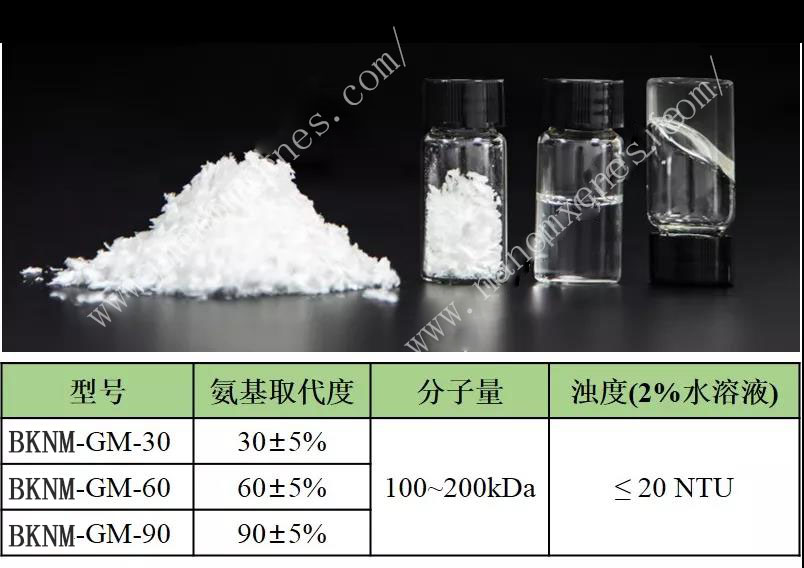
1 Physical and chemical properties
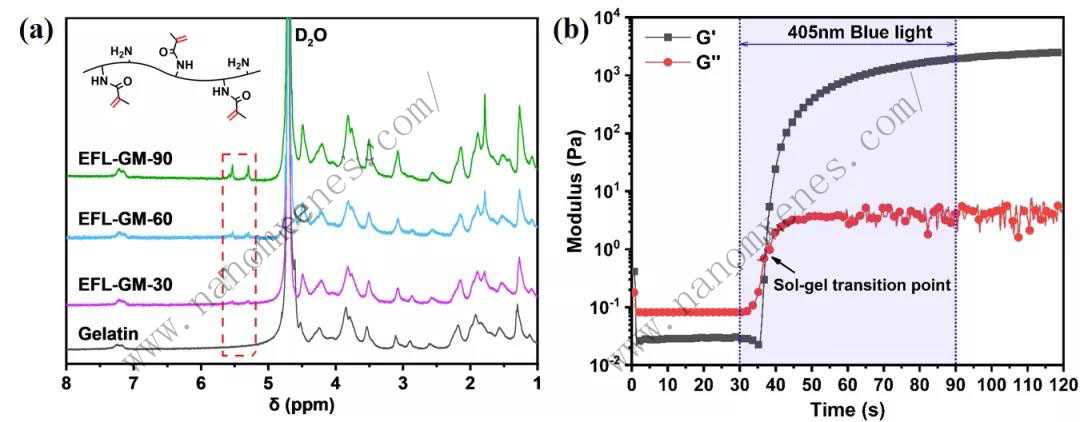
Figure 1 (a) Three types of GelMA NMR; (b) GelMA (GM-90) rheological analysis during light curing
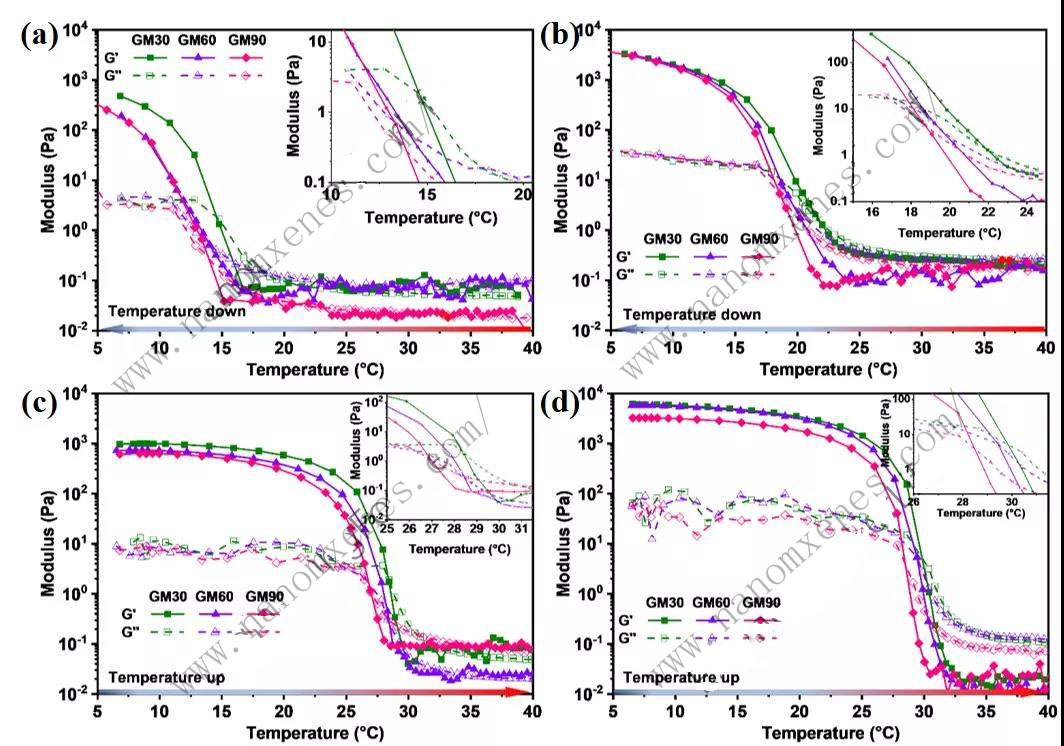
Figure 2 Cooling sol-gel transition process of three types of GelMA aqueous solutions, GelMA concentration is 5% (a) and 10% (b) respectively; and heating gel-sol transition process, GelMA concentration is 5% (c) and 10%, respectively % (d)
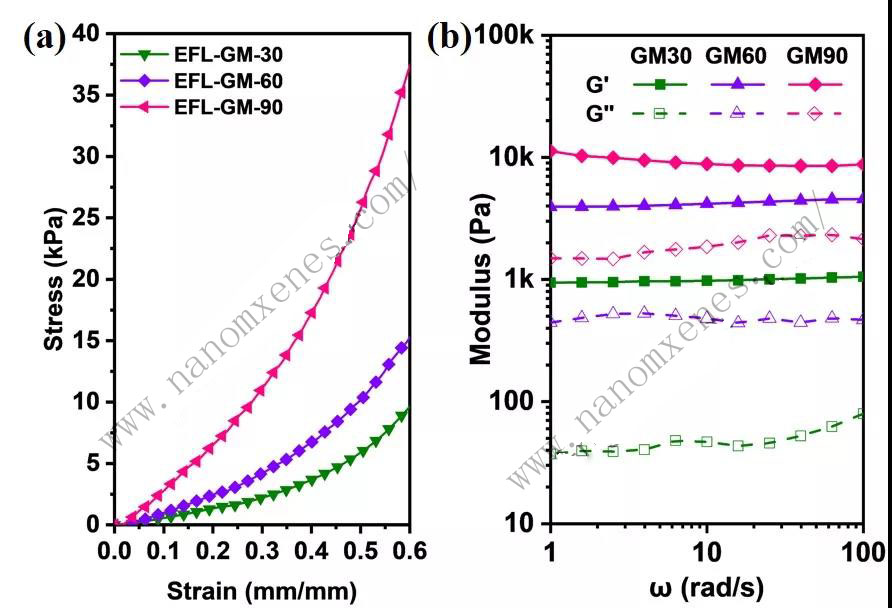
Figure 3 Mechanical test of three types of GelMA: (a) Compression curve; (b) Rheological curve (GelMA concentration is 10% w/v)
2 Biocompatibility
GelMA has been widely used in the cultivation of stem cells, cancer cells, endothelial cells, nerve cells and other types of cells. The cell survival rate is greater than 90%, and the cells are well functionalized.
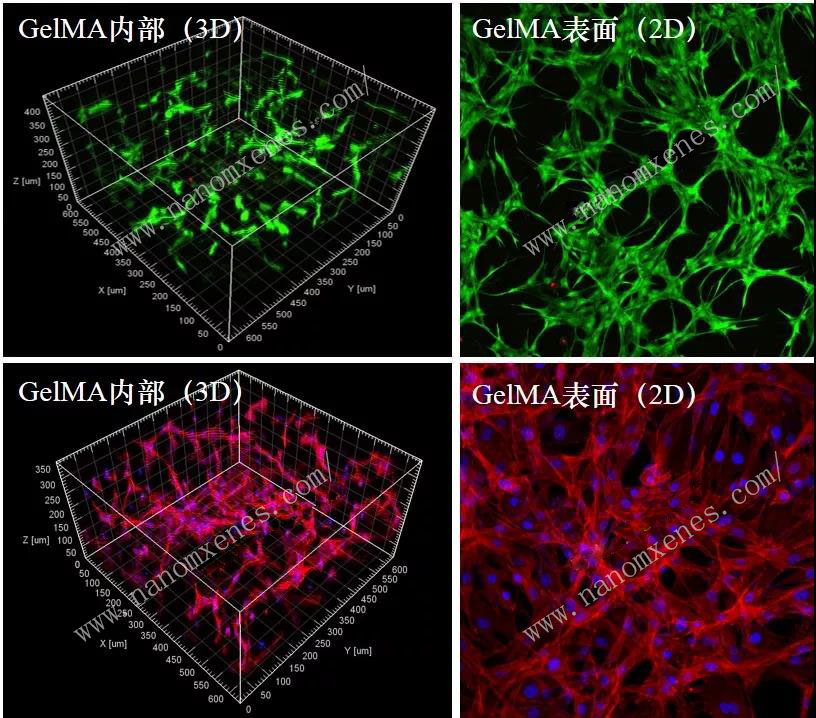
Figure 4 Bone marrow mesenchymal stem cells (BMSC) cultured on the surface and inside of GelMA
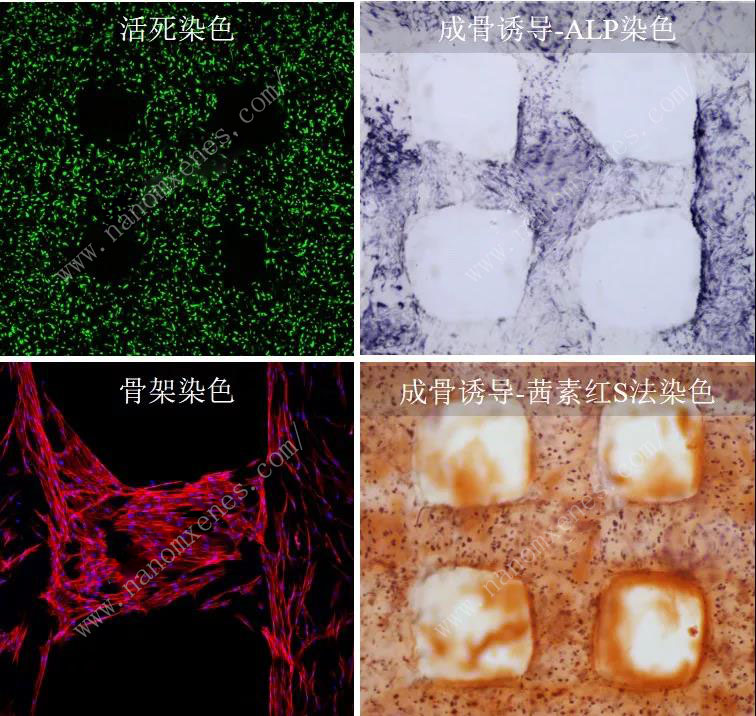
| Warm tip: the products supplied by Beijing Beike Xincai Technology Co., Ltd. are only used for scientific research, not for human body |
| Item ID | CAS | ID | Pack | Parameter | Stock | Make up | Price |
| BK2020121506-01 | BK2020121506 | 瓶 | BKNM-HAMA-150K 0.5g/支 | 100 | $300 | ||
| BK2020121506-02 | BK2020121506 | 瓶 | BKNM-HAMA-400K 0.2g/支 | 100 | $300 |
|

| Reminder: Beijing Beike New Material Technology Co., Ltd. supplies products only for scientific research, not for humans |
| All rights reserved © 2019 beijing beike new material Technology Co., Ltd 京ICP备16054715-2号 |